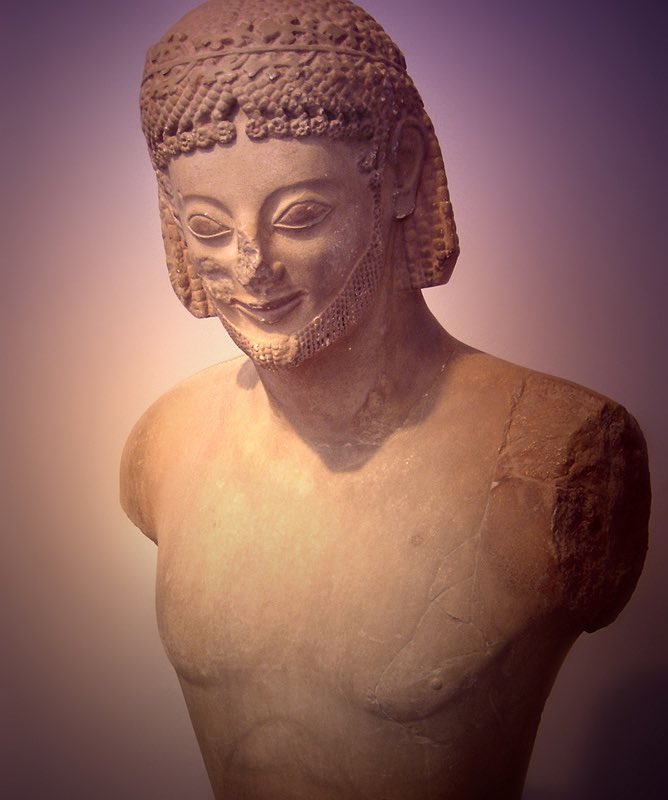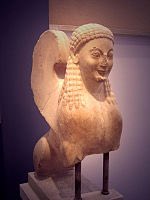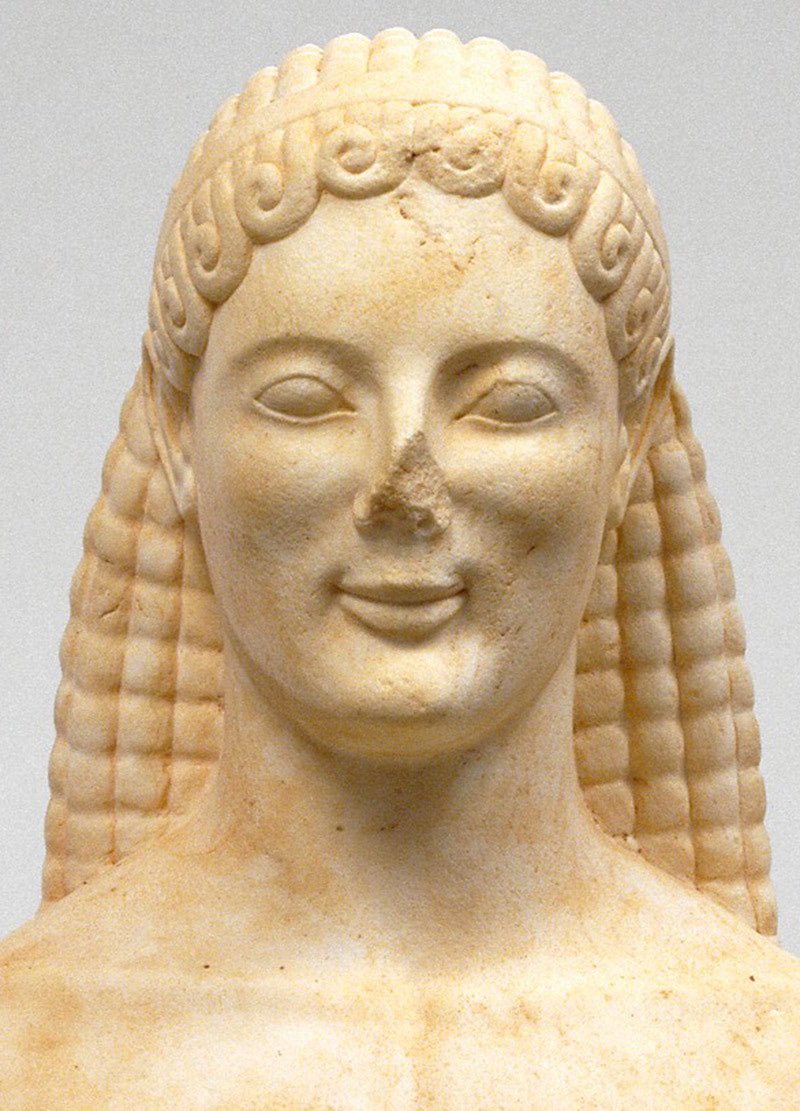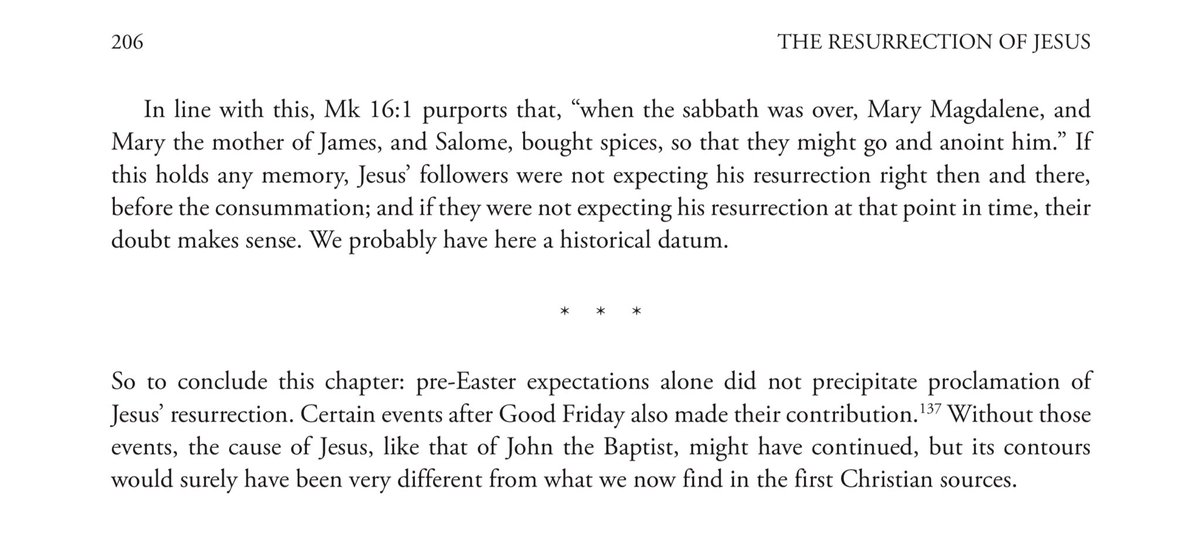I think Tim raises some important counterpoints to my argument in his thread. When making statements about the *expectations* of Jesus’ followers, we certainly need to tread lightly. I always appreciate Tim reminding us to proceed cautiously in these matters…
https://twitter.com/TimONeill007/status/1495924057501577218
After all, as I’ve said in the past, attempting psychoanalysis on figures attested in ancient literature is next to impossible. This has always been one of my problems with the appeal to cognitive dissonance theory as an explanation for the resurrection belief.
However, when addressing CDT as a proposed explanation, one is required to at least attempt to draw some conclusions regarding the expectations of Jesus’ followers.
Tim mentions Mark 10:35-45, a scene that (if one considers this part of a single narrative) comes right after Jesus predicts his death in Jerusalem. Here we see James and John requesting that they sit on either side of Jesus “in his glory.”
This seems to show that the disciples didn’t understand and had a different set of expectations than those of Jesus.
However, if you continue on to verses 38-45 ⬇️, we see Jesus challenging the expectations of his disciples. Jesus was their rabbi…their teacher. They left their homes to follow him…
They listened carefully to his words, even if they didn’t always want to hear them or they clashed with their expectations. biblegateway.com/passage/?searc…
Tim points that I make a leap by concluding that Jesus’ expectations were also his followers’ expectations. He’s right… I do.
If we want to discuss the psychological states of figures attested only in ancient texts (which is required when addressing the applicability of CDT) then some leaps need to be made.
Making such a leap is not always unjustified and in this case I think it’s supported by the evidence. In my estimation, Dale Allison has the right approach. He states, “The traditions about Jesus agree, from beginning to end, that he was a teacher, whose followers paid him heed…
So if we wish to ascertain what Peter and his fellows thought, the natural course is to discover, if possible, what they heard Jesus say and so may have taken to heart.” (The Resurrection of Jesus, 184) ⬇️ 

Allison nicely summarizes the case that Jesus’ followers would have expected his death in Jerusalem in The End of the Ages Has Come (164). ⬇️ 

So I stand by my assessment that Jesus’ followers likely had some expectation that their teacher would face martyrdom in Jerusalem. And considering what Jesus taught about the eschatological tribulation to come, they may have even anticipated meeting such a fate themselves.
Looking forward to reading this new book by @robertjmyles and @JGCrossley in which they address some of these issues… ⬇️
https://twitter.com/robertjmyles/status/1495996517467189248?s=21
• • •
Missing some Tweet in this thread? You can try to
force a refresh












